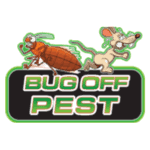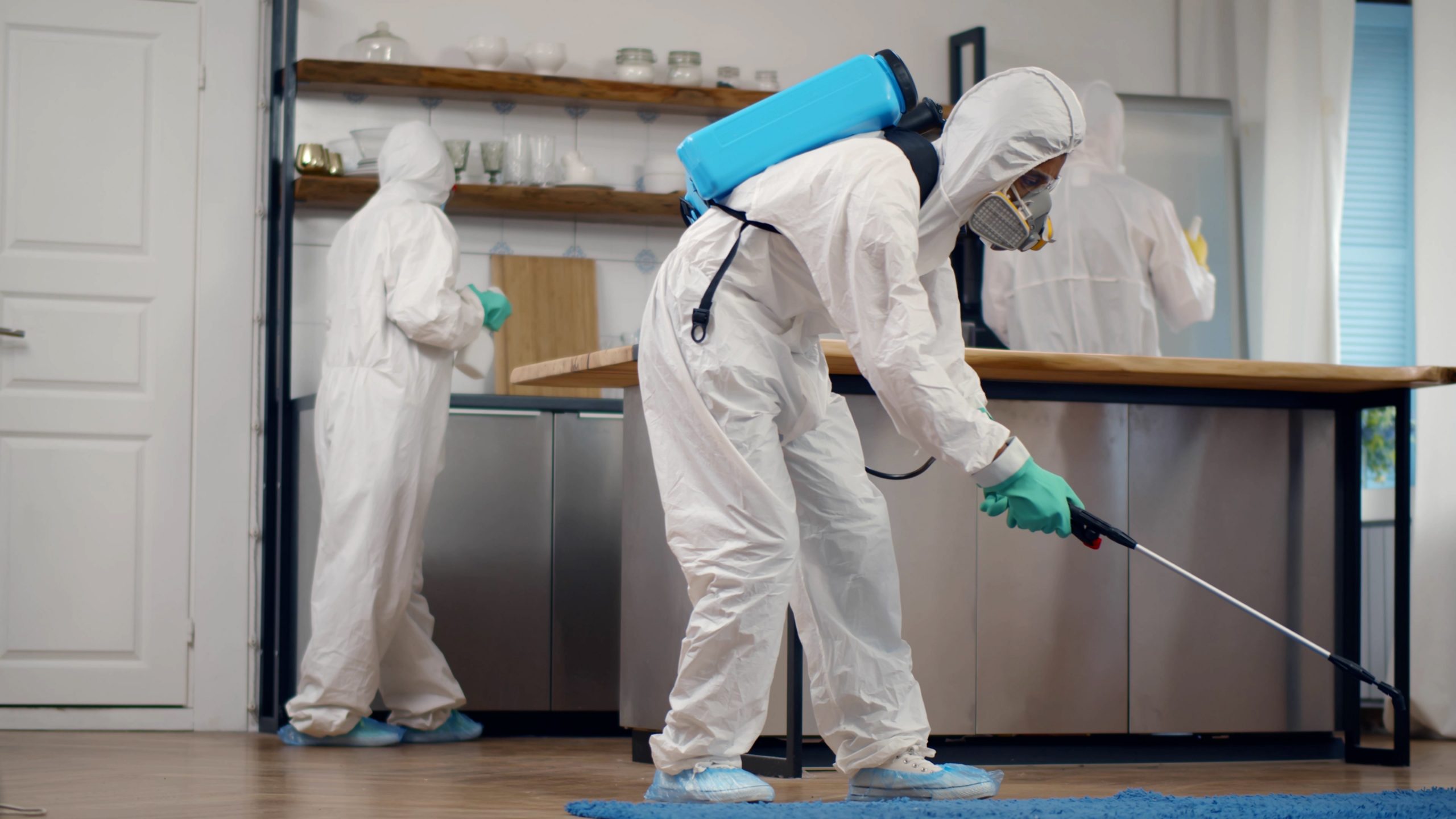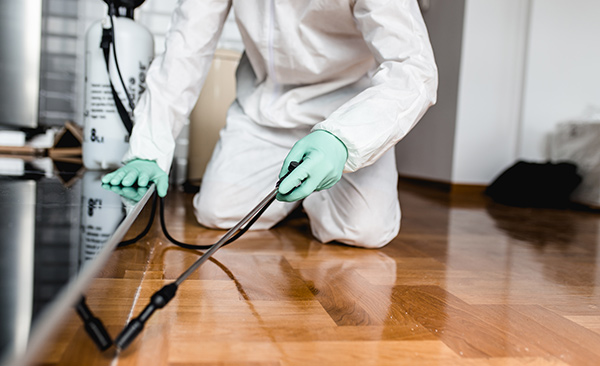Checking Out Ingenious Strategies and Products for Effective Bug Control
The landscape of pest control is progressing, marked by the appearance of cutting-edge strategies and items made to boost performance and sustainability. From wise traps equipped with innovative monitoring systems to biological methods that utilize all-natural killers, these improvements present a standard shift in how we approach pest administration.
Smart Traps and Keeping Track Of Systems
Just how can contemporary technology improve bug monitoring? One significant development is the advancement of clever catches and keeping track of systems, which offer real-time data and analytics for efficient pest control. These systems utilize sensing units and wireless modern technology to spot pest activity, informing home managers and insect control specialists to problems before they rise.
Smart catches are outfitted with attributes such as lure stations that draw in insects and capture them efficiently. These catches can be monitored remotely, enabling for prompt interventions and minimizing the need for substantial chemical applications. The combination of machine understanding algorithms enables these systems to set apart between target insects and non-target types, enhancing the accuracy of parasite control actions.
In addition, the information gathered from smart traps can be examined to recognize patterns in parasite actions and environmental aspects adding to problems (Pest Control in Port Charlotte). This details is indispensable for creating targeted bug management techniques customized to specific settings. By welcoming smart catches and keeping an eye on systems, bug control experts can boost their functional effectiveness and decrease the environmental impact of bug monitoring, eventually resulting in much safer and extra lasting techniques in the sector
Organic Parasite Control Approaches
Making use of natural killers and parasites, biological parasite control techniques supply an eco friendly choice to chemical treatments. This method involves the introduction or improvement of details microorganisms that can naturally regulate pest populations, therefore minimizing dependence on artificial chemicals. Common instances include the usage of ladybugs to manage aphid problems and parasitical wasps to target caterpillars.

Biological control can be categorized into three main techniques: classic, augmentative, and preservation. Timeless organic control entails importing natural opponents from the parasite's indigenous environment, while augmentative control involves enhancing the populace of existing all-natural opponents through launches. Preservation strategies focus on producing conditions that support these advantageous organisms in the community.
It often requires a thorough assessment of bug characteristics and the life cycles of both the bugs and their natural opponents. As recognition of environmental issues expands, organic pest control techniques are significantly identified for their lasting duty in integrated parasite administration programs.
Eco-Friendly Chemical Alternatives
Eco-friendly chemical alternatives supply a feasible option for bug administration that decreases ecological web link impact while effectively managing bug populations. These options are stemmed from natural resources and are carefully created to target certain pests without harming helpful organisms, making them an important component of sustainable bug control approaches.
Amongst one of the most reliable green choices are plant-based insecticides, such as neem oil and pyrethrin, which are stemmed from the seeds and flowers of various plants. These compounds disrupt the life process of parasites, lowering their populaces without the hazardous effects connected with traditional chemicals - Pest Control in Port Charlotte. In addition, essential oils like peppermint and clove oil show repellent residential or commercial properties, further boosting their energy in pest administration

Furthermore, environmentally friendly chemical choices usually damage down quicker in the atmosphere, decreasing the threat of soil and water contamination. This characteristic aligns with the raising consumer demand for sustainable practices in agriculture and metropolitan bug control. As study continues to advancement, the development of ingenious environment-friendly solutions will better improve efficacy and expand application areas, allowing pest administration experts to why not look here take on greener, more responsible methods in their techniques while securing human wellness and the environment.
Pheromone Disturbance Strategies
An additional innovative method in lasting parasite administration is using pheromone interruption methods. These methods manipulate the natural chemical signals, or scents, that pests make use of for interaction, particularly in breeding actions. By interfering with these signals, bug populaces can be effectively managed without turning to dangerous chemicals.
Pheromone traps are generally utilized in this strategy. Over time, this can lead to a significant decline in Get the facts bug populaces.

Integrated Pest Monitoring Techniques
Efficient parasite control often calls for a comprehensive strategy, and Integrated Parasite Management (IPM) approaches give a structure for achieving this goal. IPM incorporates different monitoring techniques to decrease bug populations while minimizing dependence on chemical pesticides. This multifaceted strategy begins with thorough surveillance and identification of pests, permitting targeted interventions based upon specific parasite stress.
Social methods, such as plant rotation and hygiene, play a crucial duty in preventing insect establishment. Organic controls, including all-natural killers and parasitoids, are employed to maintain bug populations at convenient levels. When needed, careful chemical therapies are used, emphasizing reduced toxicity to non-target varieties and the atmosphere.
By utilizing this holistic approach, IPM not just enhances bug control performance yet also adds to lasting eco-friendly equilibrium. Inevitably, Integrated Parasite Monitoring represents a forward-thinking option that aligns farming performance with ecological stewardship, making it necessary in contemporary bug control approaches.

Final Thought
In conclusion, the integration of innovative methods and products for efficient pest control stands for a considerable development in sustainable parasite monitoring. Smart catches and keeping track of systems, biological bug control approaches, green chemical alternatives, and scent disruption methods collectively improve the efficiency of bug management approaches.